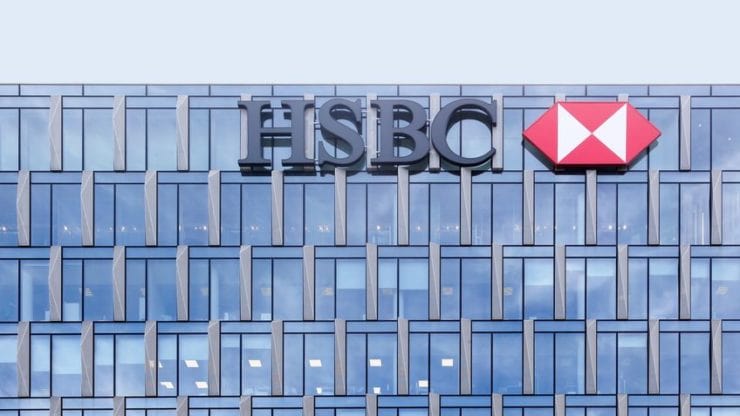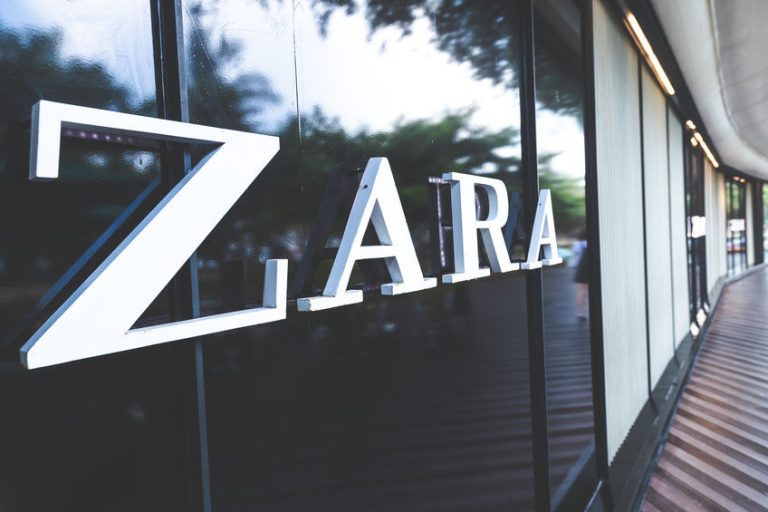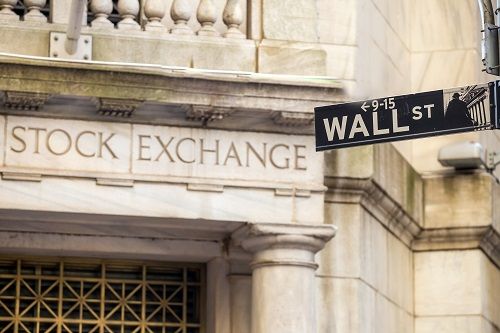Asian stocks dipped on Tuesday as the US dollar hovered near multi-month highs, with a sharp sell-off in bonds and a surge in gold prices indicating growing investor caution ahead of the upcoming US election.
Benchmark 10-year Treasury yields climbed 11 basis points overnight and continued to edge up by 1 bp in early Asian trading, reaching 4.19%.
Meanwhile, gold soared to a record high of over $2,740 per ounce on Monday before settling at $2,725 by Tuesday morning.
Japan’s Nikkei fell 1.1% in morning trade, marking its lowest level since early October.
The MSCI Asia-Pacific index, excluding Japan, slipped 0.8%.
Wall Street indexes also dipped overnight, and futures followed suit in Asian trading.
Rising oil prices, influenced by the ongoing Middle East conflict and the recent death of Hamas leader Yahya Sinwar, contributed to volatility in bond markets, according to ANZ strategist Jack Chambers.
Brent crude futures gained 1.7% on Monday before stabilizing at $73.89 a barrel in Asia.
News agency Reuters quoted Chambers saying that concerns surrounding the upcoming US election, now just two weeks away, are contributing to market instability.
He added: “A focus on the U.S. election and fiscal dynamics is likely weighing on sentiment. Regardless of the election outcome, fiscal consolidation seems unlikely.”
In Australia, the S&P/ASX 200 index was down 1.3% mid-morning, with shares of independent grocer Metcash plummeting 6% after Goldman Sachs revised its price target for the stock, citing concerns over potential market share loss.
In China, markets remained subdued as traders awaited further government stimulus to support the slowing economy.
Hong Kong’s Hang Seng index and the Shanghai Composite remained largely flat.
Currency markets mirrored the movement in Treasuries, driving the dollar higher.
The euro remained near a two-month low at $1.0819, while the yen hovered around 150.67 per dollar.
The Australian and New Zealand dollars also lingered at multi-month lows, trading at $0.6655 and $0.6021, respectively.
Market analysts suggested that the dollar’s recent rally reflects the market’s anticipation of a Donald Trump victory in the US presidential race, which is expected to push up inflation and bond yields due to his trade and fiscal policies.
Commonwealth Bank of Australia strategist Joe Capurso noted that “With President Trump now priced into currency markets, the AUD/USD faces modest downside risks, while a Kamala Harris victory could trigger a larger market reaction.”
With limited economic data on the calendar, investor attention will be on major US corporate earnings, including results from General Motors, Texas Instruments, Verizon, Lockheed Martin, and 3M, due later in the day.
The post Nikkei 225, S&P/ASX 200, 10-year yield, gold, USD/EUR/JPY: How they are performing appeared first on Invezz










